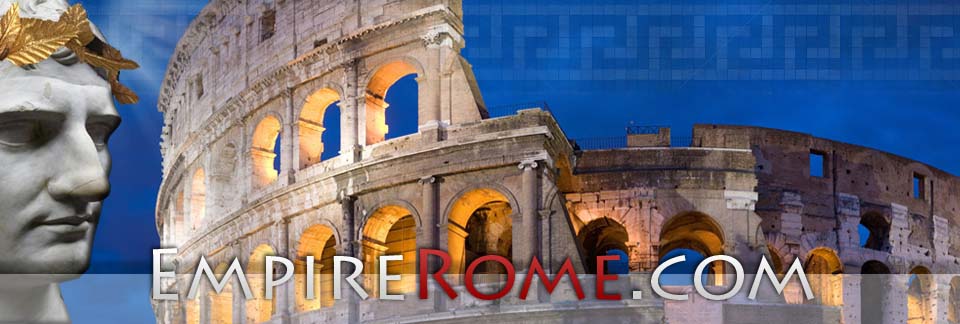Arch of Titus
Many monuments in Ancient Rome were erected to create a memory or to honor an Emperor, religious leader, or god. The Arch of Titus is a triumphal arch decorated with inscriptions, carvings, and intricate designs.
Triumphal arches were structures created to honor triumphant generals or important public occasions. The Ancient Romans are thought to be the inventors of these decorative arches. Although the architectural elements that create a triumphal arch were being used by different cultures throughout the known world, the Ancient Romans are credited with combining the two styles, a round capped arch and a square entablature, into one monumental structure which became known as Triumphal Arches.
History
The Arch of Titus was a triumphal arch built in 82 AD. The Arch of Titus was commissioned by Emperor Domitian, who was the younger brother and successor of Emperor Titus. Titus died from a fever just two years after holding the emperor title. The Arch was erected to honor Emperor Titus and the victory he had during the Siege of Jerusalem.
Description
The Arch of Titus is intricately decorated depicting a color relief of the war, plunder from the Jewish Temple in Jerusalem, and Titus and his men. Depictions of the holiest of items being taken away from the Temple included the Menorah, Table of Shewbread, and the Silver Trumpets. Because of the harsh history and defeat of the Jewish people during the Siege of Jerusalem, it is said that the people of Jewish faith would not walk under the Arch of Titus. The Arch of Titus depicts extraordinary artistic and religious scenes which would become very significant to historians.
Location
The Arch of Titus is located on the main street of Ancient Rome, the Via Sacra. The Via Sacra was an important road that led to many important religious sites in Ancient Rome. Location of a monument was a very important decision. A monument was not just placed anywhere, time, reason, and prestige ruled where monuments would be placed and why. Because Titus succeeded his father on the throne and his brother Domitian after him, significance was held where the Arch of Titus stood. The location showed the power and legacy of the family who ruled Ancient Rome because it was located not too far from many important religious shrines.
Architect
There is no surviving documentation to verify who the actual architect was. The Arch of Titus’ builder is unknown; however, because the Emperor Domitian preferred the architect Ravirius when using a builder, he could have been the architect to execute the Arch of Titus. Ravirius is also credited with constructing the Coliseum. It should also be noted that the Arch of Titus has been used as a reference and guide for several triumphal arches that came later.
Inscription
The Arch of Titus bears an inscription that reads “Senatus Populusque Romanus divo Tito divi Vespasiani filio Vespasiano Augusto.” The translation means “The Roman Senate and People dedicate this to the divine Titus Vespasianus Augustus, son of the divine Vespasian.” The inscription was once believed to be decorated with a precious metal, either silver or gold. Inscriptions were important to the Ancient Romans and to the triumphal arches. The arches were designed in order to showcase important or meaningful inscriptions which told the story of the arch and who it was dedicated to.
Travel
The Arch of Titus is still standing today and is one of the most visited monuments and attractions from Ancient Rome’s great Empire. Although the Arch of Titus saw change by way of damage, restoration, and time, it is still standing today. Tours and information are available and can be booked in advance when visiting or touring Rome.

